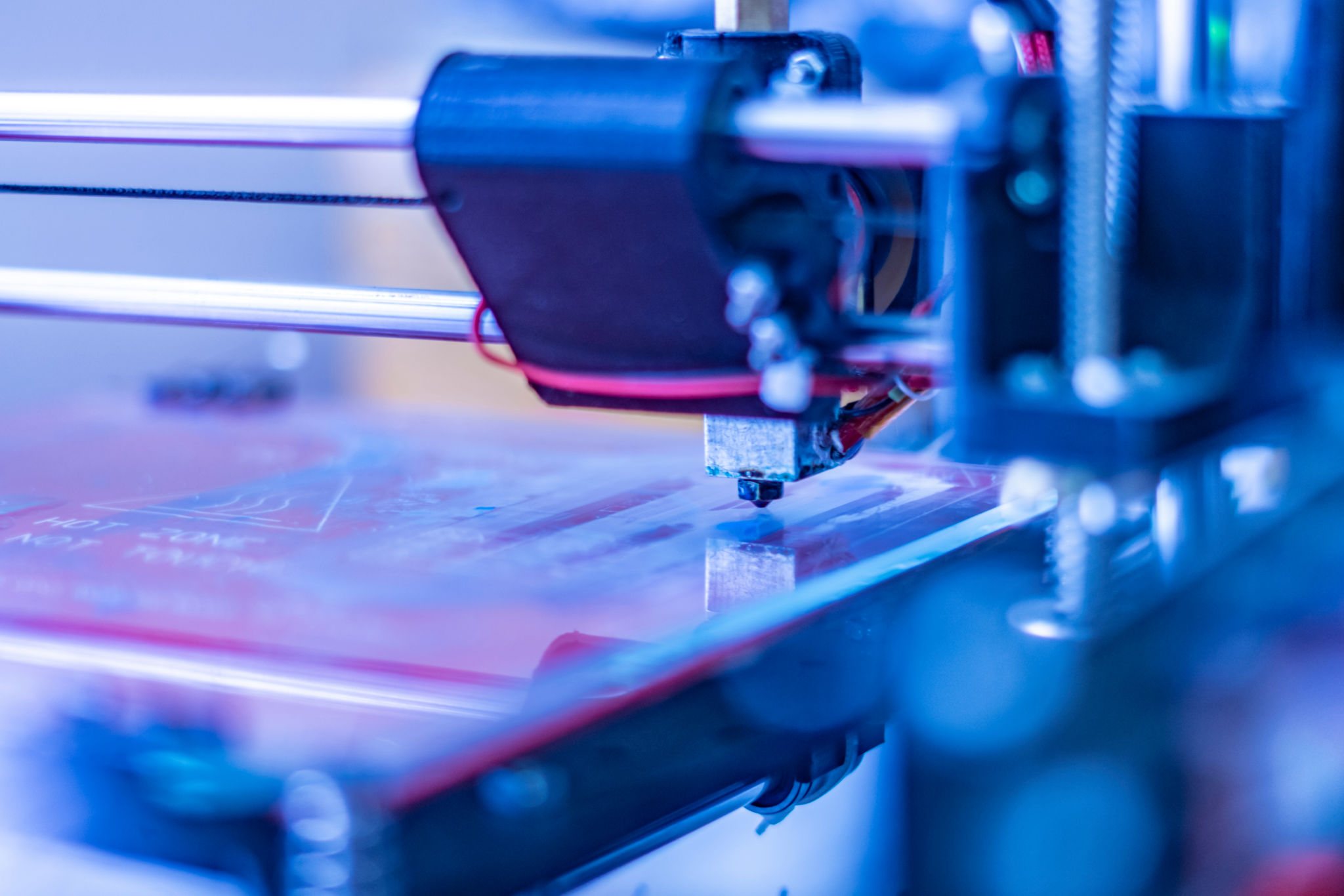The Future of Gadget Repair: Trends to Watch in the Electronics Industry
The Rise of Modular Design
The concept of modular design in electronics is gaining traction as a sustainable and cost-effective trend. By allowing users to replace or upgrade individual components, modular gadgets reduce electronic waste and extend the lifespan of devices. This approach is being embraced by manufacturers aiming to provide more customizable options for consumers.
Modular design also simplifies the repair process, as users can easily swap out faulty parts without needing specialized tools or skills. This trend is likely to continue, with more companies offering modular gadgets that empower consumers to maintain their devices independently.

Impact on the Repair Industry
As modular design becomes more prevalent, the electronics repair industry will need to adapt. Repair technicians may shift their focus from intricate repairs to providing guidance on component replacement and offering advice on compatible upgrades. This evolution will change the skill set required for repair professionals, emphasizing knowledge of modular systems.
Integration of Artificial Intelligence
Artificial Intelligence (AI) is transforming the electronics repair landscape by enabling predictive maintenance and diagnostics. AI-driven tools can identify potential issues before they become significant problems, allowing for timely interventions and reducing downtime for users. This proactive approach enhances the overall user experience and minimizes costly repairs.

AI-Powered Repair Solutions
The use of AI in gadget repair isn’t limited to diagnostics. AI-powered tools can guide users through simple repairs via augmented reality (AR) interfaces or step-by-step tutorials. This trend empowers consumers to handle minor issues themselves, fostering a do-it-yourself (DIY) culture in gadget maintenance.
3D Printing Revolution
3D printing technology is revolutionizing the electronics repair industry by enabling the creation of custom replacement parts. Rather than waiting weeks for a specific part to ship, repair shops can now print parts on demand, drastically reducing repair times and costs.

Customization and Accessibility
The ability to produce parts via 3D printing also opens doors for customization, allowing users to tailor gadgets to their specific needs. This accessibility means that even older devices can be kept functional, reducing waste and promoting sustainability in the electronics market.
Sustainability and Environmental Concerns
As awareness of environmental issues grows, sustainability is becoming a priority in the electronics industry. Repairing gadgets rather than replacing them reduces electronic waste and conserves resources. Companies are increasingly designing products with repairability in mind, which aligns with consumer demand for more eco-friendly options.
The future of gadget repair is bright, with these trends paving the way for more sustainable, efficient, and consumer-friendly solutions. As technology continues to advance, the repair industry will evolve alongside it, ensuring that our gadgets remain functional and environmentally responsible.
